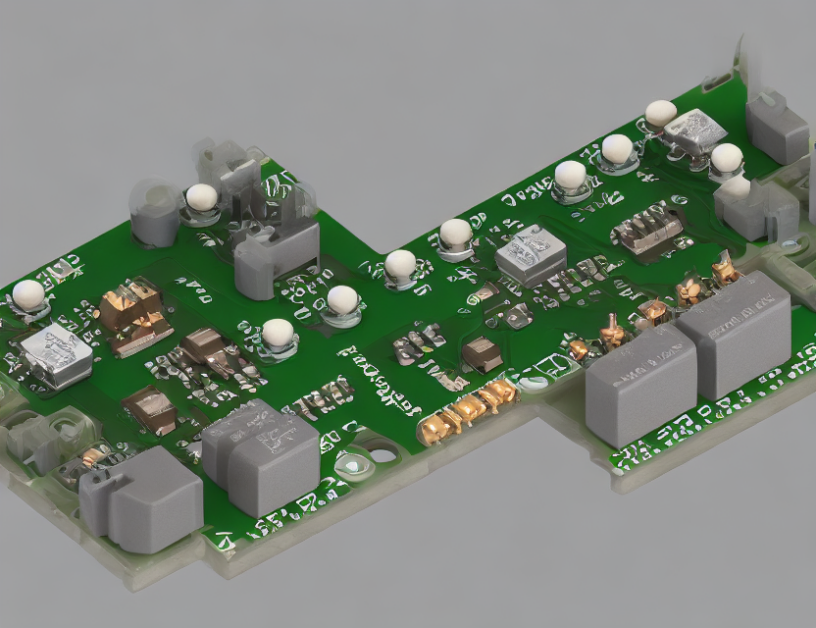In this article, we delve into the world of algebraic systems and explore the concept of multimode decomposition methods. These techniques are used to simplify complex equations by breaking them down into smaller, more manageable parts. By doing so, we can better understand the relationships between variables and make predictions about their behavior.
To begin with, let’s consider a simple system of equations with two variables, A and B. Imagine these variables as two friends who are related to each other in some way. Now, imagine that we have a complex equation involving both A and B, making it difficult to understand how they interact. This is where multimode decomposition methods come into play.
The first approach involves creating a set of Boolean variables that represent the different modes of the system. In essence, these variables act as switches that turn on or off depending on the state of the system. By doing so, we can simplify the equation by breaking it down into smaller parts, each corresponding to a specific mode.
The second approach involves creating a set of intermediate variables that are used to transform the original equations into simpler ones. This process is similar to solving a puzzle, where we break apart the pieces and rearrange them to form a new picture. By doing so, we can better understand the relationships between the variables and make predictions about their behavior.
Both approaches have their advantages and disadvantages. The first approach provides a more straightforward interpretation of the results, while the second approach allows for a more detailed analysis of the system’s behavior. However, both methods share a common goal: to simplify complex equations and gain insights into the relationships between variables.
In conclusion, multimode decomposition methods are powerful tools for simplifying complex algebraic systems. By breaking down these systems into smaller parts, we can better understand the relationships between variables and make predictions about their behavior. Whether using Boolean variables or intermediate ones, these techniques provide a way to demystify complex equations and gain valuable insights into the world of mathematics.
Computer Science, Logic in Computer Science
Decomposition of Multi-Mode Dual-Port Capacitor DC-DC Converters using Boolean Variables



